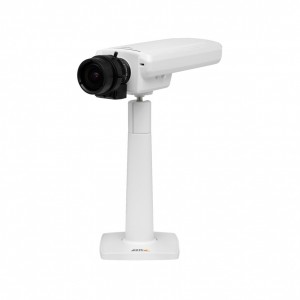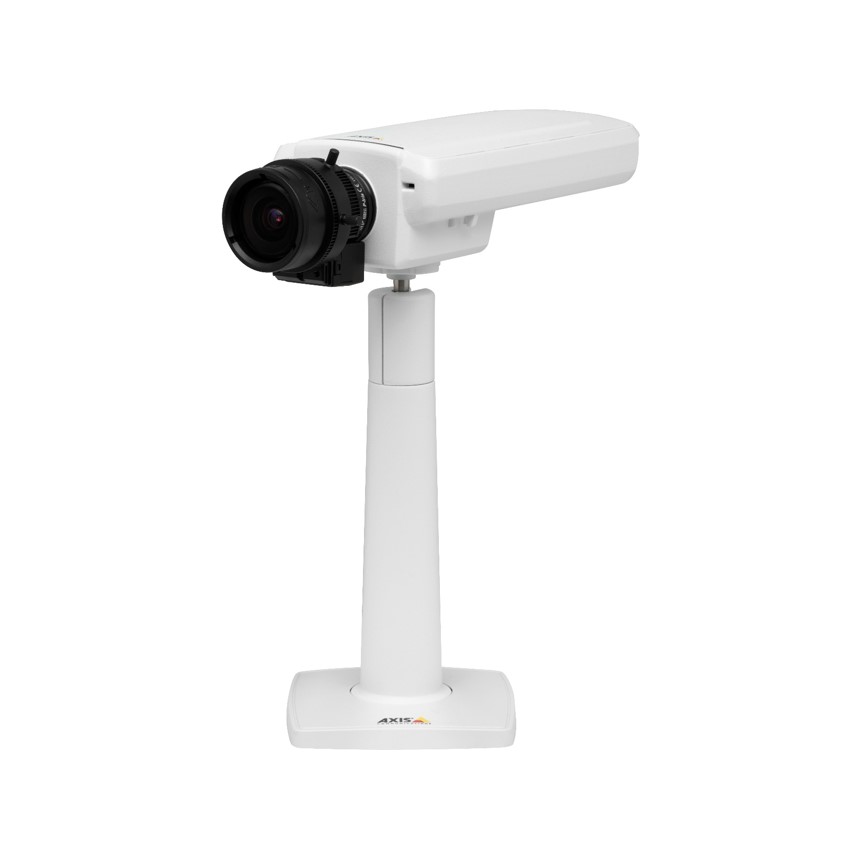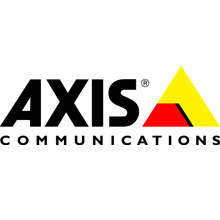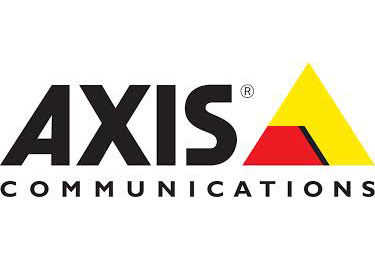Axis Communications, the market leader in network  video, today introduced a new release of Axis’ Zipstream compression technology that now automatically adapts to PTZ camera movements. Storage and bandwidth consumption is reduced even while operators pan, tilt or zoom a camera.
video, today introduced a new release of Axis’ Zipstream compression technology that now automatically adapts to PTZ camera movements. Storage and bandwidth consumption is reduced even while operators pan, tilt or zoom a camera.
“Axis’ Zipstream technology has been a huge market success since its introduction a year ago. It has received several industry awards confirming it is a true game changer,” says Johan Paulsson, Chief Technology Officer, Axis Communications. “The latest release is able to adapt to PTZ camera movements in real-time, offering further storage and bandwidth savings and making bitrate peaks a thing of the past.”
The best video surveillance evidence is of no value if the system was configured to automatically overwrite the footage before it was needed. Also, it makes little sense to invest in high quality cameras when reducing the video bit rate, resolution or frame rate to a level where important details are no longer captured and footage does not provide clear evidence anymore.
Most IP-based video surveillance systems today are based on the H.264 video compression standard lowering bandwidth and storage requirements. Fully compatible with existing H.264 network infrastructure and video management software, Axis’ Zipstream is a significantly more efficient H.264 implementation, lowering bandwidth and storage requirements by an average 50% or more. This is achieved by adding a new module inside the video compression engine of a network camera that ensures important details in the image get enough attention in the video stream while unnecessary data can be removed.
Axis’ Zipstream technology analyzes and optimizes the network camera’s video stream in real-time. Scenes containing interesting details are recorded in full image quality and resolution while other areas are filtered out to optimally use available bandwidth and storage. Important forensic details like faces, tattoos or license plates are isolated and preserved, while irrelevant areas such as white walls, lawns and vegetation are sacrificed by smoothing in order to achieve better storage savings.
PTZ camera movements can cause bandwidth peaks resulting in frames being skipped, both in live operator viewing as well as in recordings. Axis’ Zipstream compression technology is now able to adapt to these camera movements. Bandwidth peaks can be avoided thanks to a new dynamic rate controller that is automatically enabled when the camera is being panned, tilted or zoomed.





